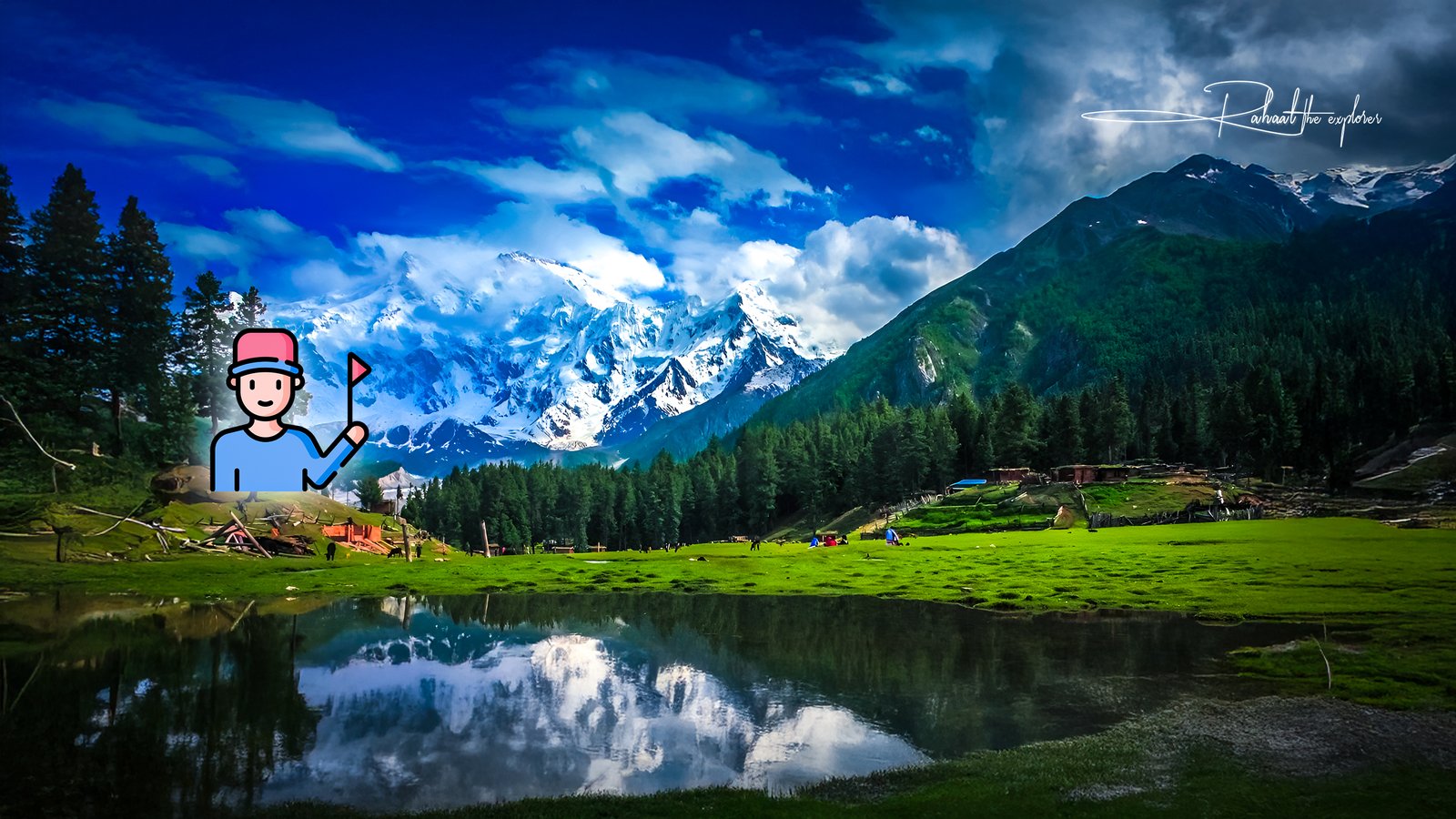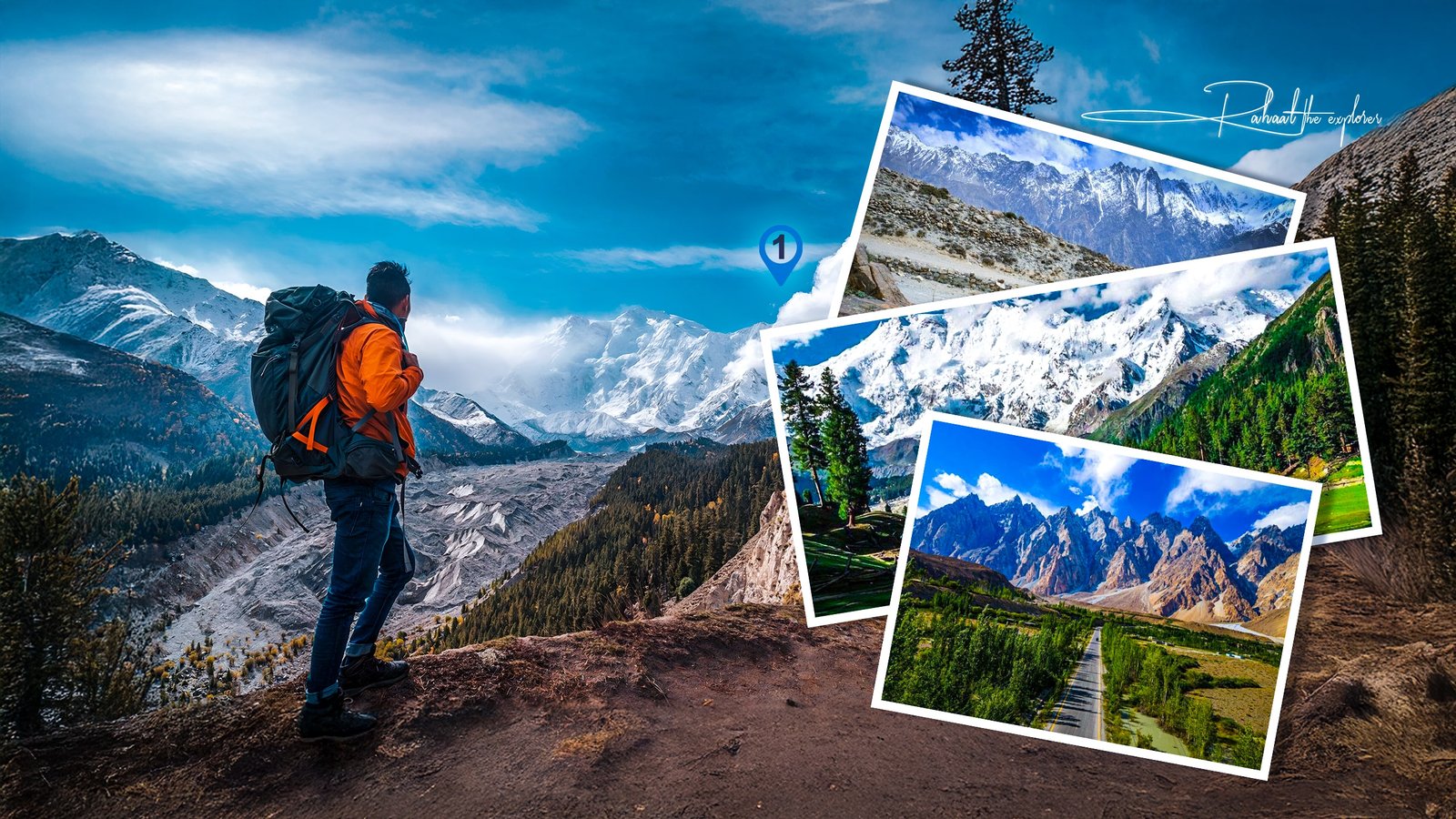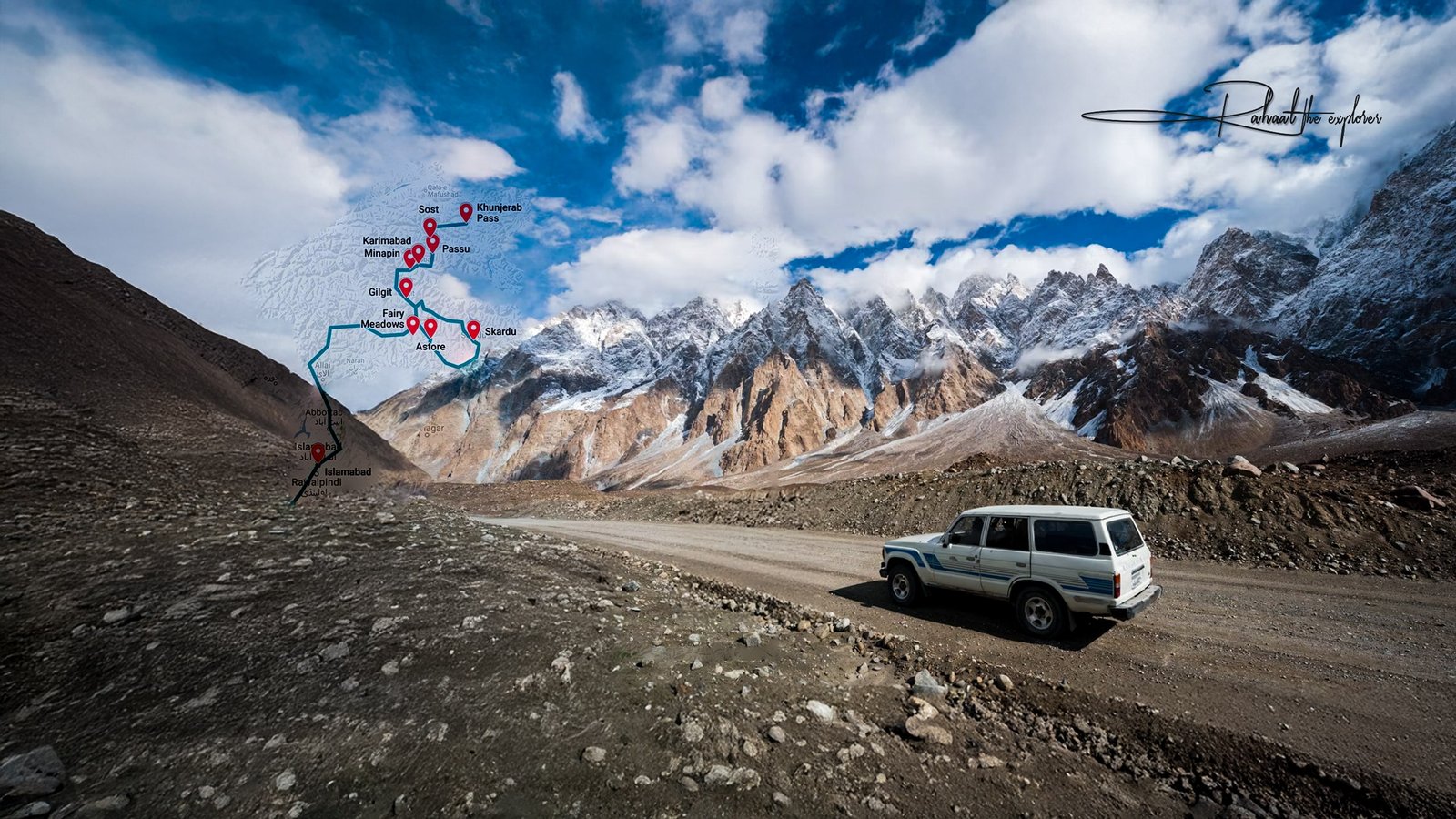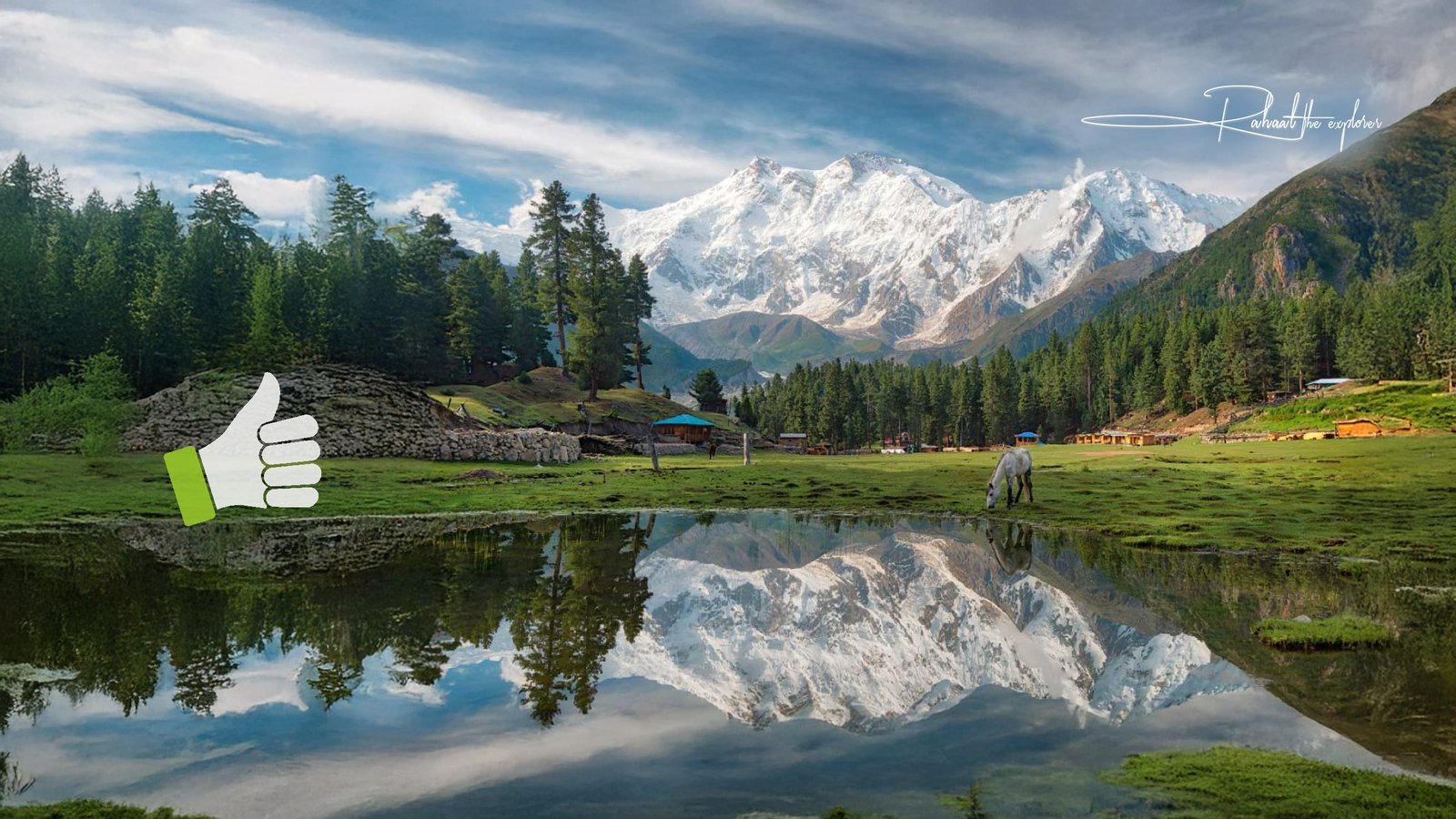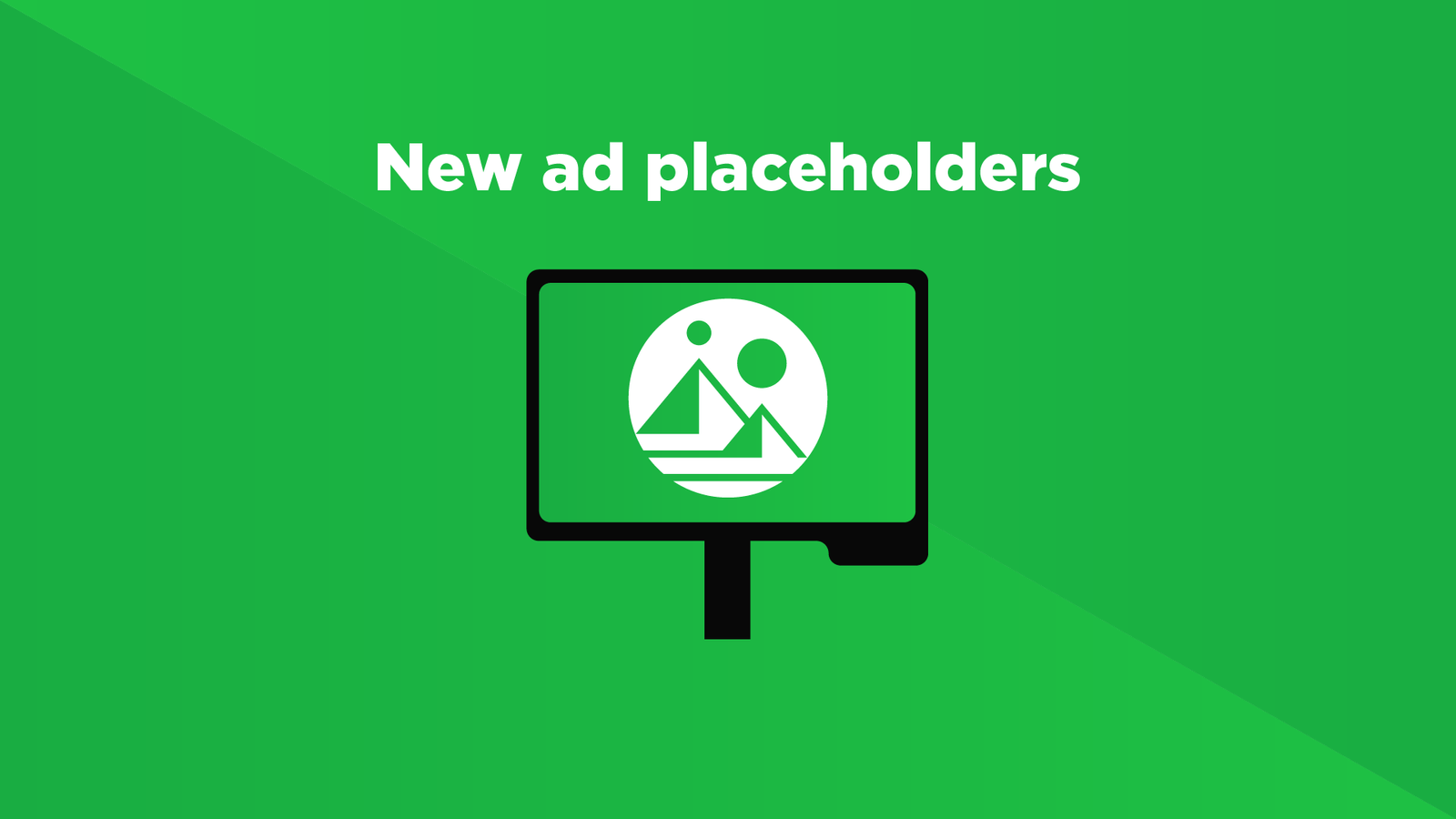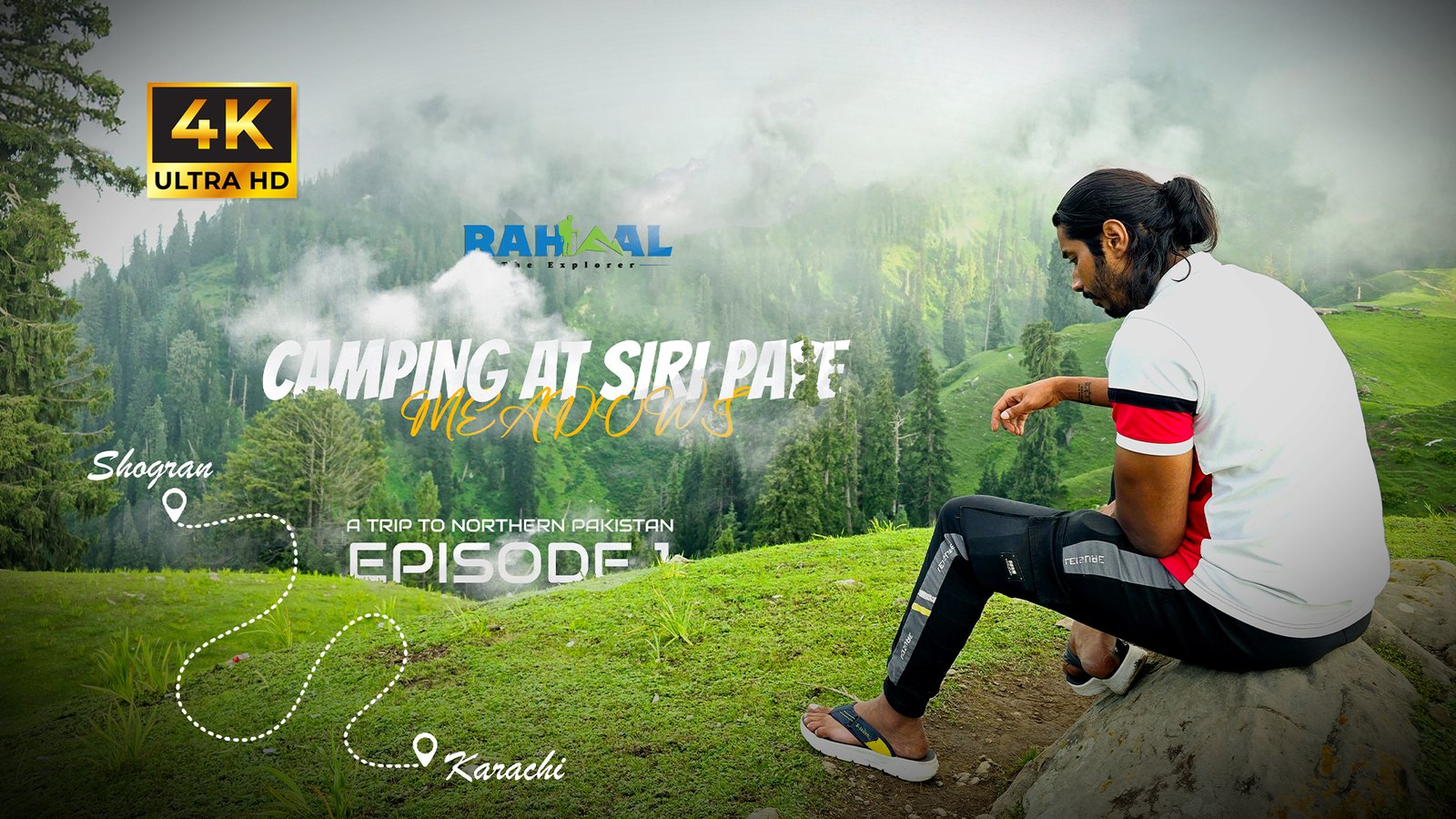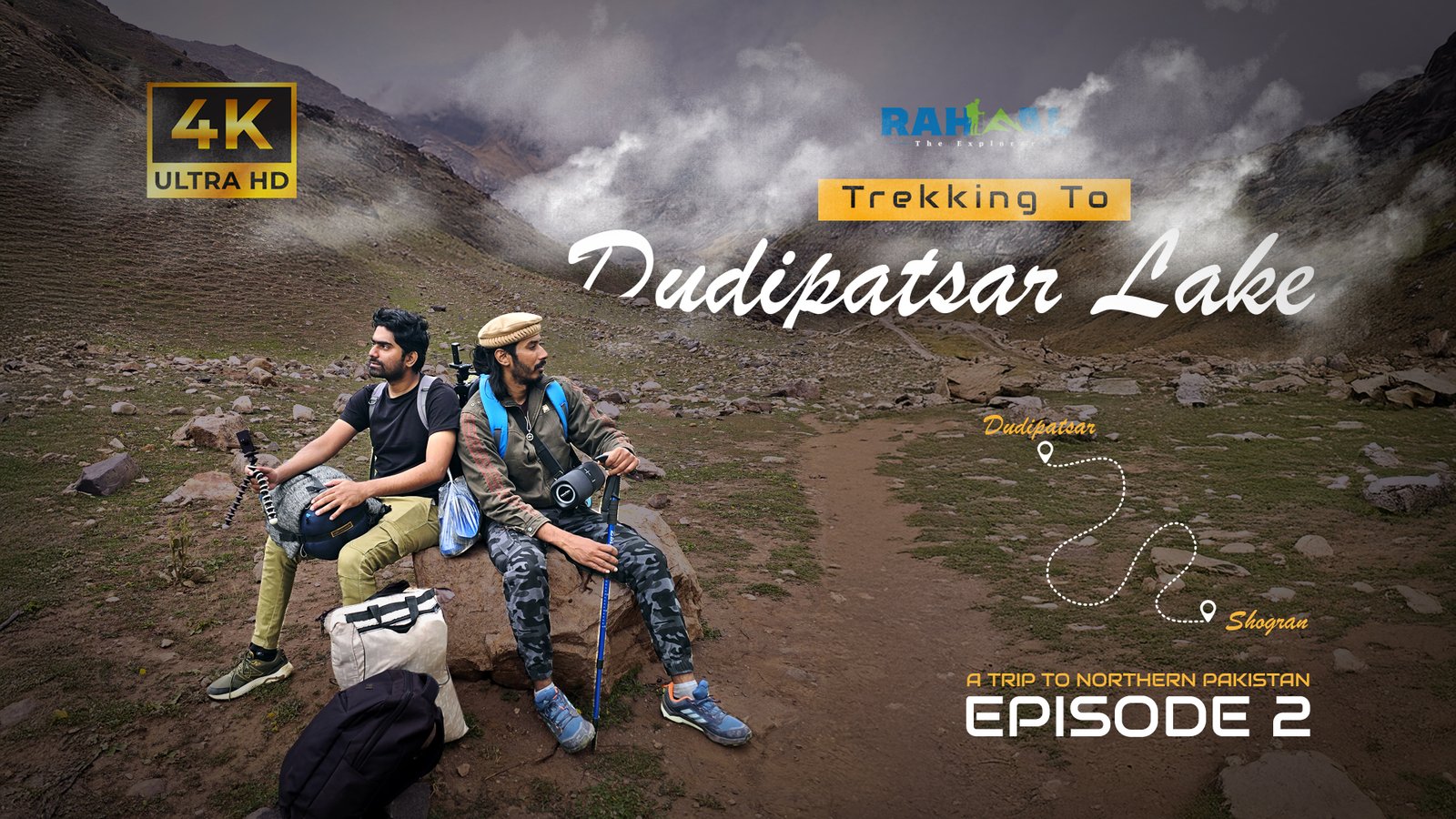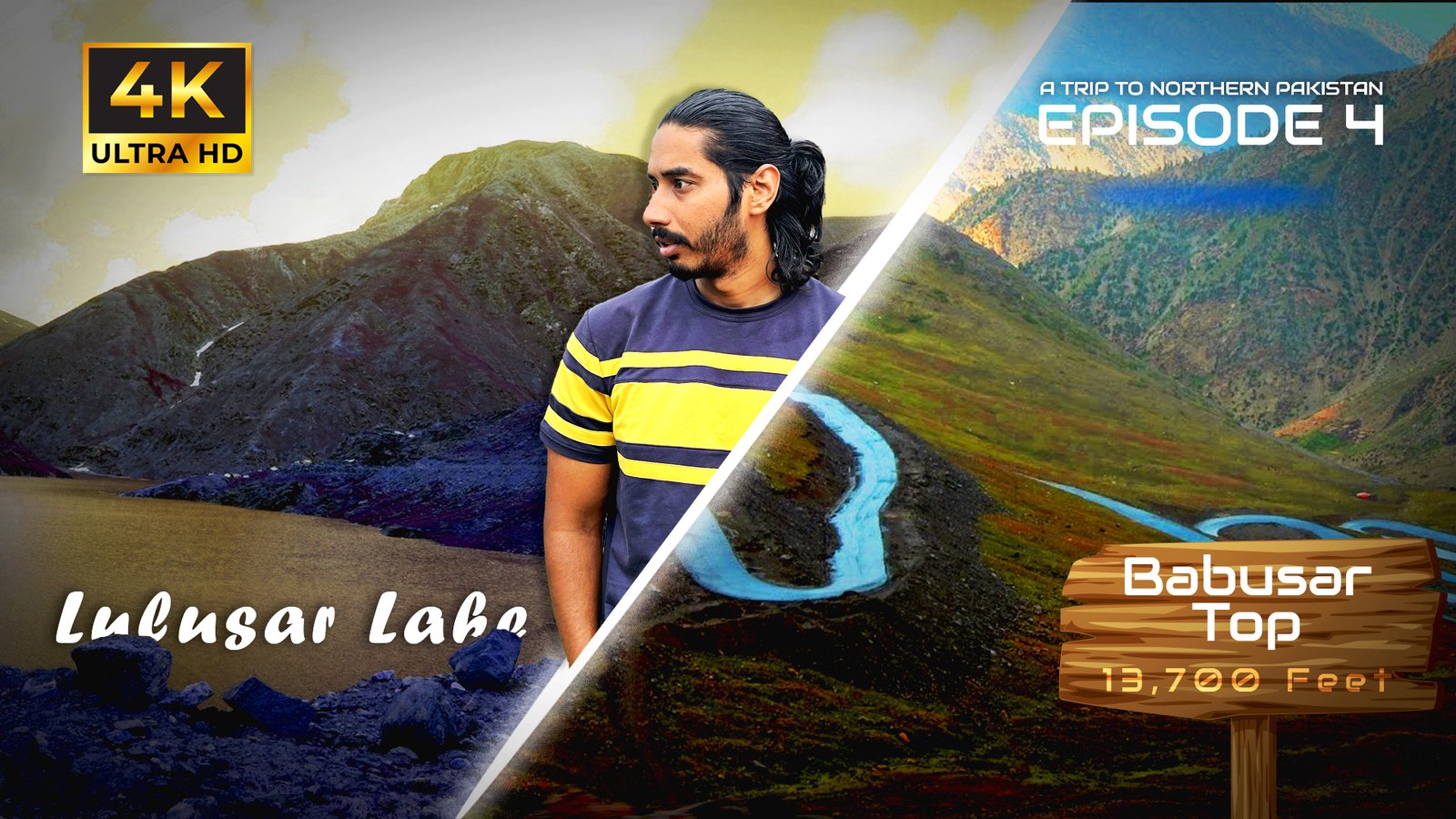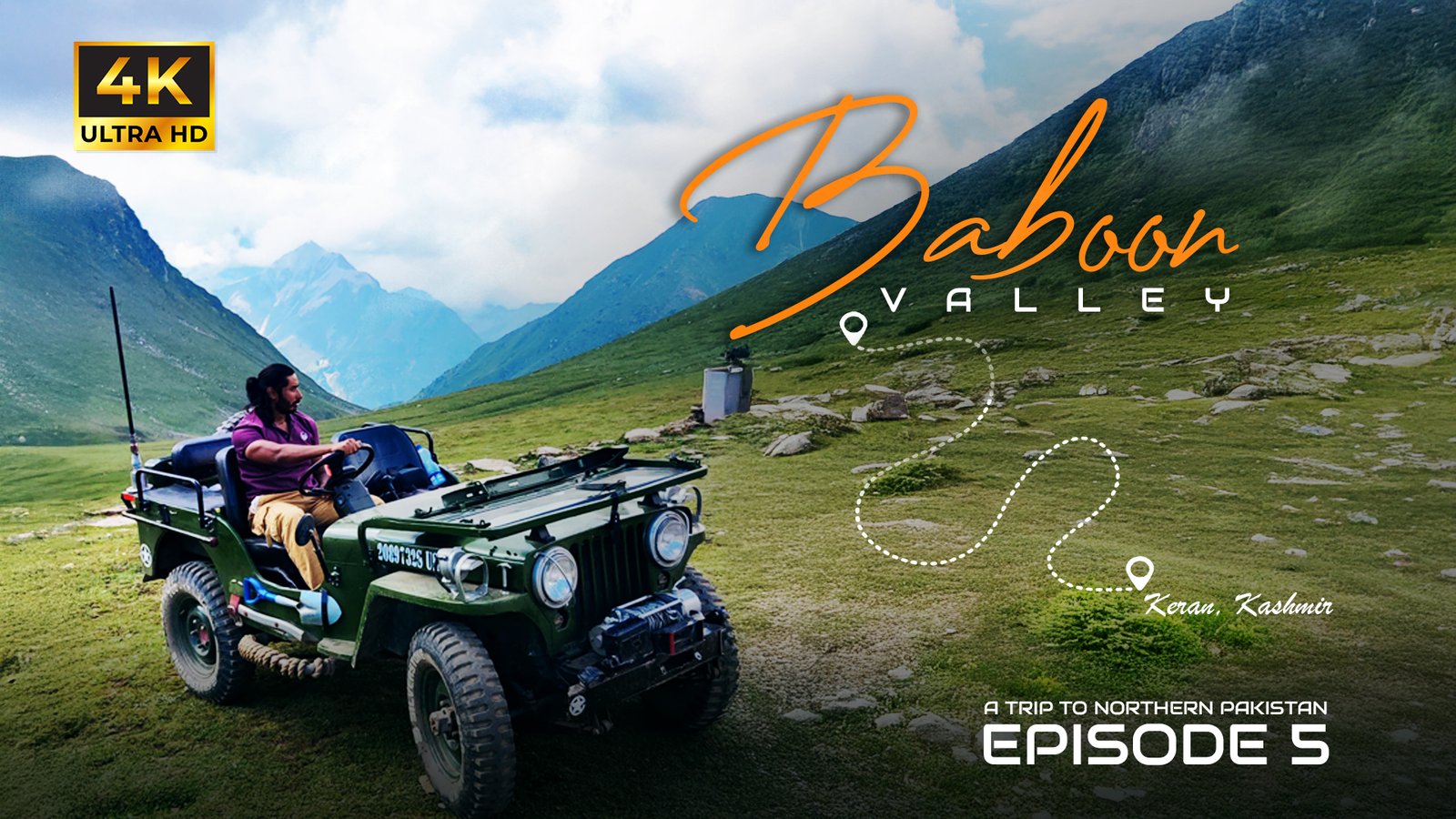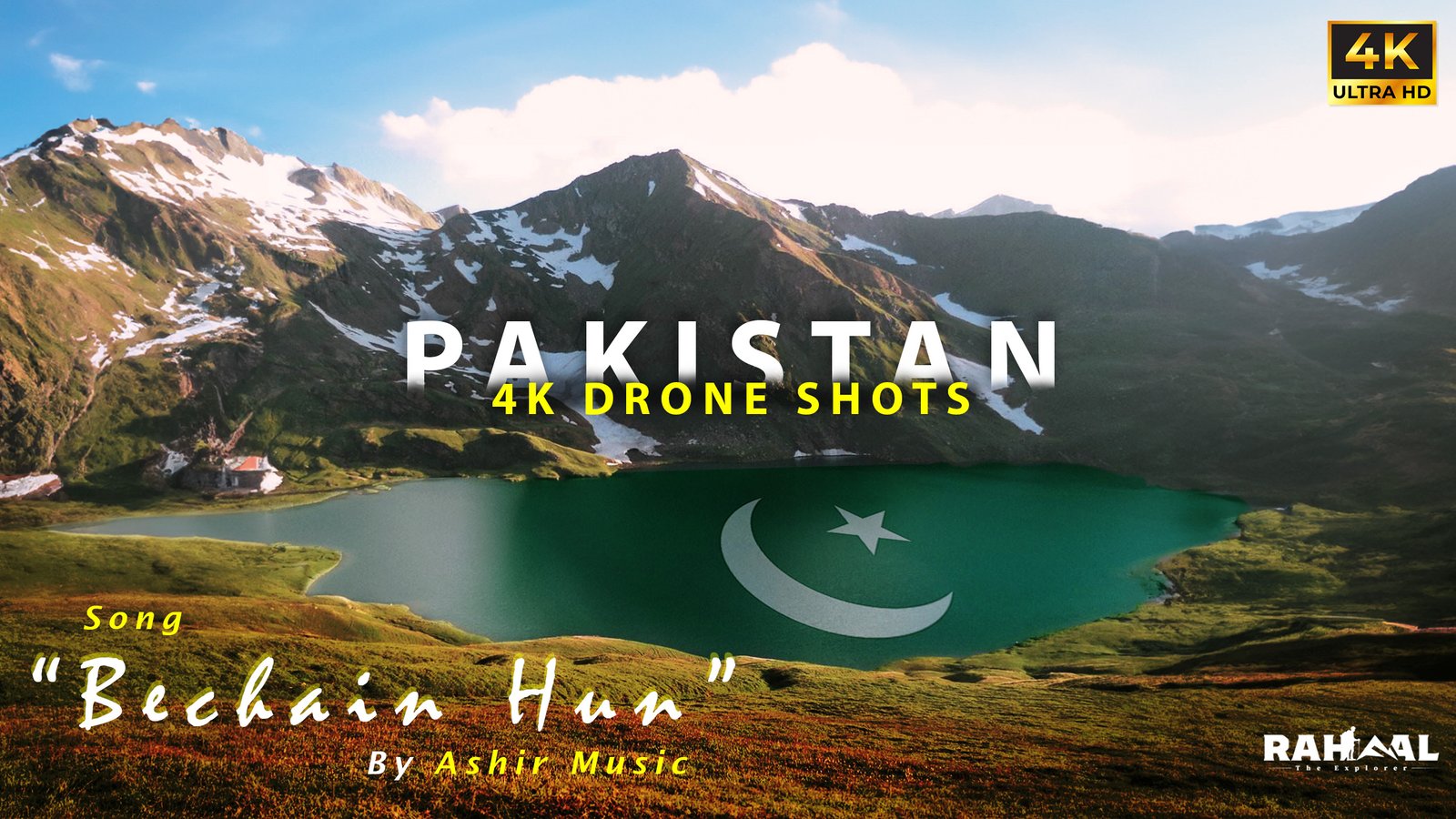Northern Pakistan is one of the most breathtaking regions in the world—a haven of towering mountains, crystal-clear lakes, lush valleys, and rich cultural heritage. For travelers seeking an authentic adventure, the northern areas of Pakistan offer an unmatched blend of nature, history, and hospitality.
In this comprehensive tour guide to Northern Areas of Pakistan, we’ll help beginners plan their perfect journey—from the best destinations to travel tips, safety advice, and cultural insights to ensure your trip is unforgettable.
1. Why Northern Pakistan Should Be on Every Traveler’s Bucket List
From the majestic peaks of the Karakoram Range to the serene waters of Attabad Lake, Northern Pakistan captures the heart of every visitor. The region includes the Gilgit-Baltistan and Khyber Pakhtunkhwa provinces, each offering distinct beauty and traditions.
Top Reasons to Visit Northern Pakistan
- Spectacular Mountain Ranges: Home to five of the world’s 8,000-meter peaks, including K2, the second-highest mountain on Earth.
- Cultural Diversity: A mix of ancient traditions, languages, and cuisines make each valley unique.
- Adventure Opportunities: Trekking, camping, mountaineering, and jeep safaris attract adventurers from around the globe.
- Warm Hospitality: Local communities welcome travelers with open hearts and delicious local food.
If you’re new to traveling in this region, this Northern Pakistan travel guide will help you start your journey with confidence.
2. Planning Your Trip: When and How to Visit
Best Time to Visit Northern Pakistan
The ideal time to visit depends on your interests:
- Spring (March–May): Perfect for blooming landscapes and mild weather.
- Summer (June–August): Best for sightseeing, hiking, and exploring high-altitude areas.
- Autumn (September–November): Experience golden valleys and crisp air.
- Winter (December–February): Great for snow adventures in destinations like Hunza and Skardu (though access can be limited).
How to Reach Northern Pakistan
- By Air: Regular flights operate from Islamabad to Gilgit and Skardu (weather dependent).
- By Road: The Karakoram Highway (KKH) offers one of the most scenic road journeys in the world, connecting Pakistan with China through breathtaking mountain passes.
3. Top Destinations in Northern Pakistan
Hunza Valley
Often called “Heaven on Earth,” Hunza is famous for its snow-capped peaks, friendly locals, and historical forts like Baltit and Altit.
Don’t miss: Attabad Lake, Passu Cones, and Karimabad town.
Skardu
The gateway to some of the world’s highest peaks, Skardu boasts tranquil lakes such as Shangrila, Kachura, and Satpara.
Adventure seekers can explore the Shigar and Khaplu valleys for a blend of culture and natural beauty.
Fairy Meadows
A magical alpine meadow offering close-up views of Nanga Parbat—the “Killer Mountain.” It’s a must for photographers and trekkers.
Naran & Kaghan Valleys
Located in Khyber Pakhtunkhwa, these valleys are known for Saif-ul-Malook Lake and lush green meadows surrounded by snow-covered peaks.
Swat Valley
Nicknamed the “Switzerland of the East,” Swat is renowned for its waterfalls, archaeological sites, and peaceful surroundings.
4. Cultural Insights for First-Time Travelers
Understanding the local culture is key when traveling through the northern areas.
- Respect Local Customs: Dress modestly and greet locals with “Salam.”
- Try Local Food: Don’t miss dishes like Chapshuro, Mantu, and traditional apricot juice in Hunza.
- Support Local Businesses: Buy souvenirs and handicrafts directly from local artisans.
5. Safety and Travel Tips for Beginners
Traveling through mountainous terrain requires preparation.
- Always check weather forecasts before traveling between valleys.
- Carry warm clothing, even in summer, as temperatures drop at night.
- Use licensed tour guides when trekking or hiking.
- Keep cash handy, as ATMs are limited in remote areas.
- Respect nature—leave no trash and preserve the environment.
6. Photography and Scenic Highlights
If you’re passionate about photography, Northern Pakistan offers endless opportunities. Capture sunrise over Rakaposhi, reflections in Attabad Lake, or the starry nights in Fairy Meadows.
Tip: The golden hour just after sunrise or before sunset is perfect for photography in mountain valleys.
7. Accommodation and Local Stays
From luxurious resorts to homestays, Northern Pakistan offers a range of accommodations:
- Luxury: Serena Khaplu Palace, Luxus Hunza, Shangrila Resort Skardu.
- Mid-range: Local guesthouses in Gilgit and Hunza.
- Budget: Campsites and lodges available near trekking routes.
Booking in advance during peak season (June–August) is recommended.
8. Sample 7-Day Itinerary for Beginners
Day 1: Arrive in Islamabad – Drive to Chilas
Day 2: Travel to Hunza Valley via KKH
Day 3: Explore Karimabad, Baltit Fort, and Attabad Lake
Day 4: Visit Passu Cones and Khunjerab Pass
Day 5: Drive to Skardu – Stop at Gilgit
Day 6: Explore Shangrila Resort and Satpara Lake
Day 7: Return to Islamabad
9. Why Choose a Tour Guide in Northern Pakistan
Hiring a tour guide for Northern Areas Pakistan is ideal for beginners. A professional guide ensures you don’t miss hidden gems, helps with local navigation, and offers safety insights. Guides also assist in interacting with local communities respectfully.
For example, hiring a guide in Hunza can give you access to remote trails and cultural sites that most solo travelers miss.
10. Sustainable Travel in the Northern Areas
Eco-tourism is growing rapidly in Northern Pakistan. Travelers are encouraged to respect the natural and cultural environment.
- Avoid plastic bottles and littering.
- Use eco-friendly transport options.
- Promote responsible tourism by supporting small, local businesses.
FAQs About Traveling to Northern Pakistan
Q1. Is Northern Pakistan safe for solo travelers?
Yes, it’s generally safe. Locals are welcoming, but always check travel advisories and weather conditions before departure.
Q2. What currency should I carry?
Pakistani Rupees (PKR) are widely accepted. Keep cash handy for small towns.
Q3. How can I get a tour guide?
Tour agencies and local hotels can connect you with certified guides.
Q4. Are there internet facilities in remote areas?
Most main towns have mobile coverage, but signals can be weak in high-altitude regions.
Q5. Do I need permits to visit certain areas?
Some border regions may require travel permits. Check with local authorities before visiting.
Final Thoughts
Northern Pakistan is a dream destination for travelers seeking adventure, peace, and authenticity. Whether it’s your first trip or a return journey, this Northern Pakistan Travel Guide for Beginners helps you explore safely and confidently.
Start your journey, capture unforgettable moments, and discover why travelers around the world are falling in love with the northern areas of Pakistan.






